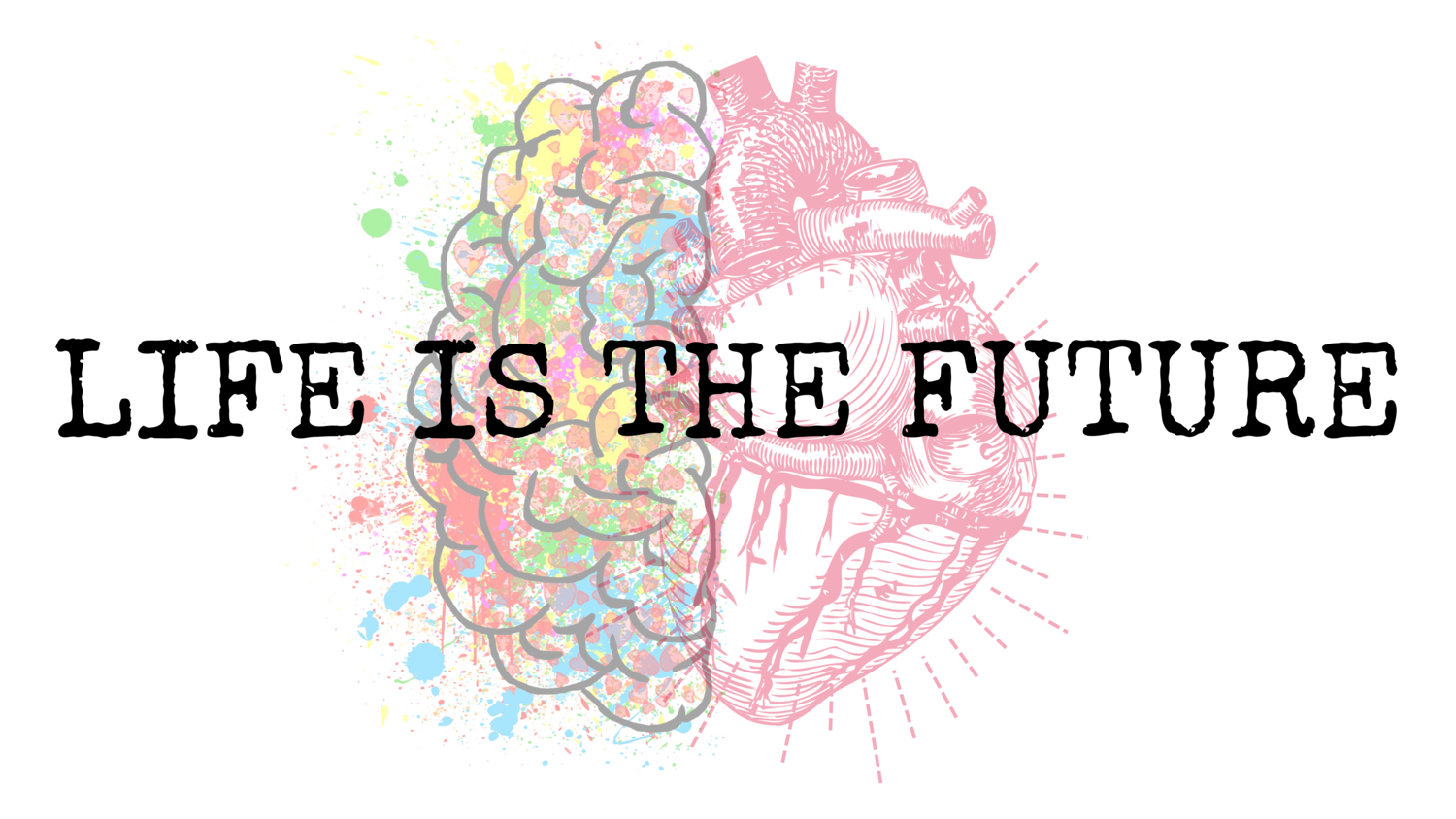Let's Talk Emotions
“Every day may not be good, but there is something good in every day.” - Alice Morse Earle
Mood Meter
Here’s a big term: emotional regulation. This means you monitor your feelings so you can change your behavior as needed. In other words, you realize that feelings come and go. But instead of ignoring them, you accept and respond to them.
With emotional regulation, it’s important to know that sadness and anger happen just like calm and happiness.
That’s life!
So how do we deal with feelings? This will be especially helpful for emotional lows, but it works for any given moment in life.
These tips reference the work of Marc Brackett and colleagues, the author of “Permission to Feel” and creator of the mood meter. Marc’s work is an incredibly useful resource in my own teaching and writing.
Understanding Emotions
To start, simply identify any change in feelings. This is part of being mindful of each present moment. How do you feel? Are you having a new emotion? Good, bad, or in between, if you can recognize an emotion is occurring, that’s it! That’s the first step.
Recognizing emotions also helps in relationships with others. Can you tell what another person is feeling? This is difficult, since we can’t see inside anyone’s brain, but do your best to read body language and actively listen to their words. This will help identify some of their feelings and improve communication between you both.
After recognizing and naming your feelings, the next step is to understand them. This can be done quickly in the moment, or it might take days and weeks-- it just depends. Understanding your emotions will mean you figure out the cause of them. Generally, there is a reason for a change in your feelings. Was it a good grade on a test? A game winning shot? A mean comment? A pet passing away?
Once you realize the cause of an emotion, use this information in the future to predict when the feeling might come back. Again, feelings can be good or bad, and that all matters, but in this step it’s important to just understand the “why” of things. This will help to process the “what” and “how” of the remaining steps.
Next up, identify the emotion by giving it a name. Even if you consider the feeling to be negative, labeling helps you take control of how to respond. Try to name your feelings with descriptors-- more than just “fine” or “normal.” What, specifically, is the emotion? Excited? Hopeful? Embarrassed? Hurt?
Believe it or not, people often skip this step or struggle to label their feelings. There is power in giving them a name since you will use this for the final, yet ongoing, phase of expressing them.
Feel Your Feelings
Once you have labeled the emotion, you can then choose how and when to respond. You may have already reacted to the emotion, but responding is different. Your reaction is involuntary, which means you couldn’t choose or control it. A response, on the other hand, occurs after some thought and time.
Responding to your feelings is known as expressing yourself. Express yourself through carefully chosen words and through your actions. Your body language helps too. If you’re feeling great, it’s okay to show the world with a smile. If not, you don’t have to fake it. That doesn’t mean you bring others down with you. Instead, create some distance as needed. Try, “I am feeling very frustrated right now. I’m going to take some time alone until I feel more like myself.” Notice how respectful that is despite being upset.
Resources
For more motivation and learning, here are some resources on my AMAZON STOREFRONT I recommend checking out.
Permission to Feel by Marc Brackett
The Power of Regret by Daniel Pink
Happy Mind, Happy Life by Rangan Chatterjee
And more…
YouTube.com/MrTodnem Facebook.com/MrTodnem Instagram.com/ScottAmpersand



